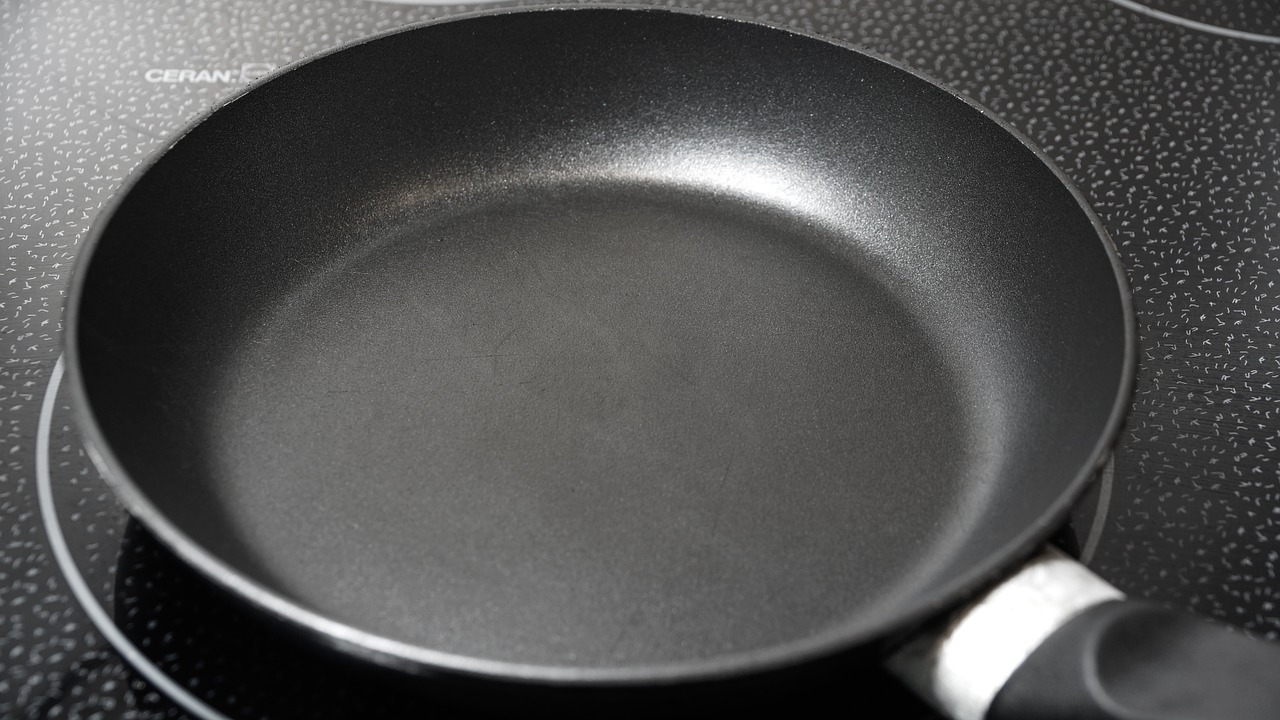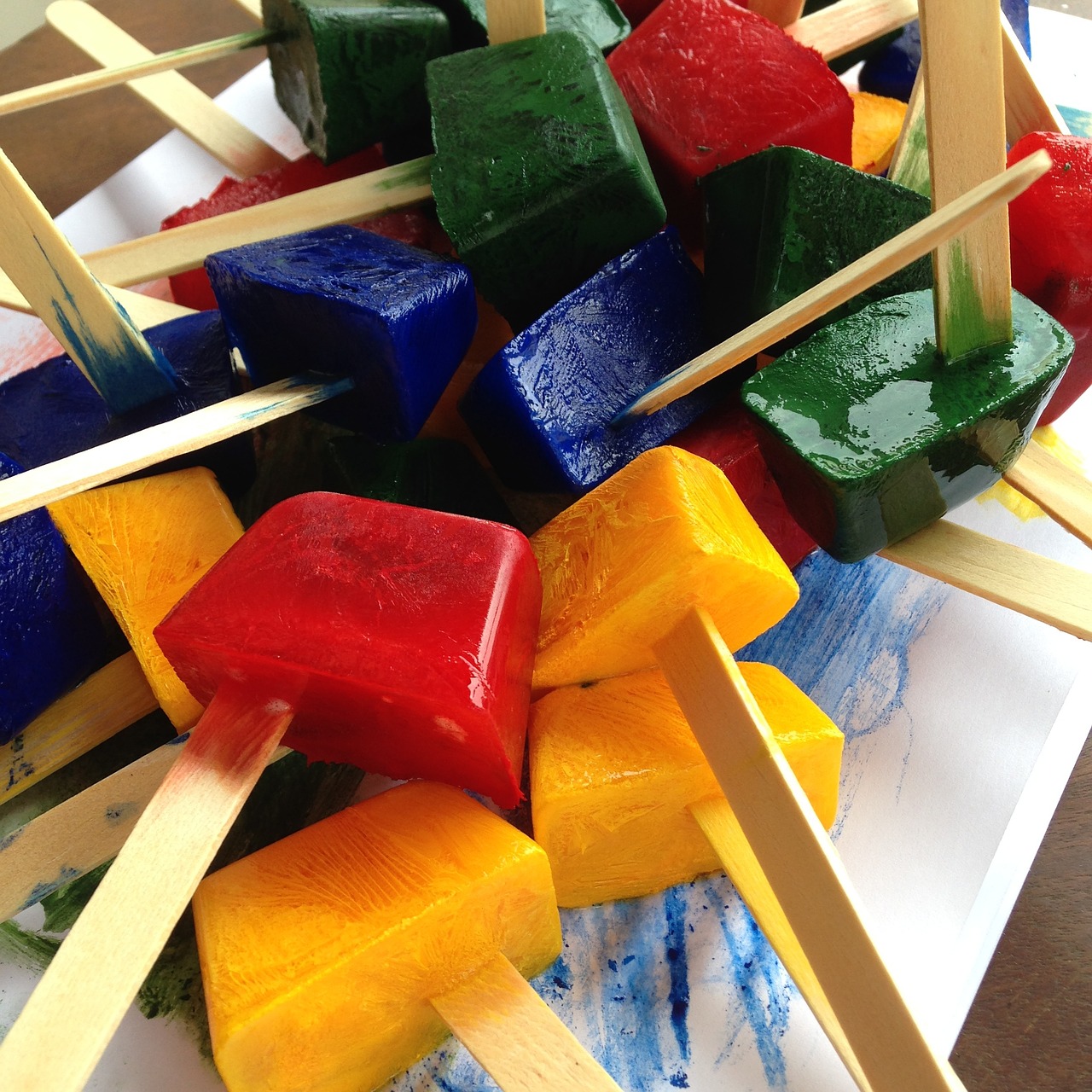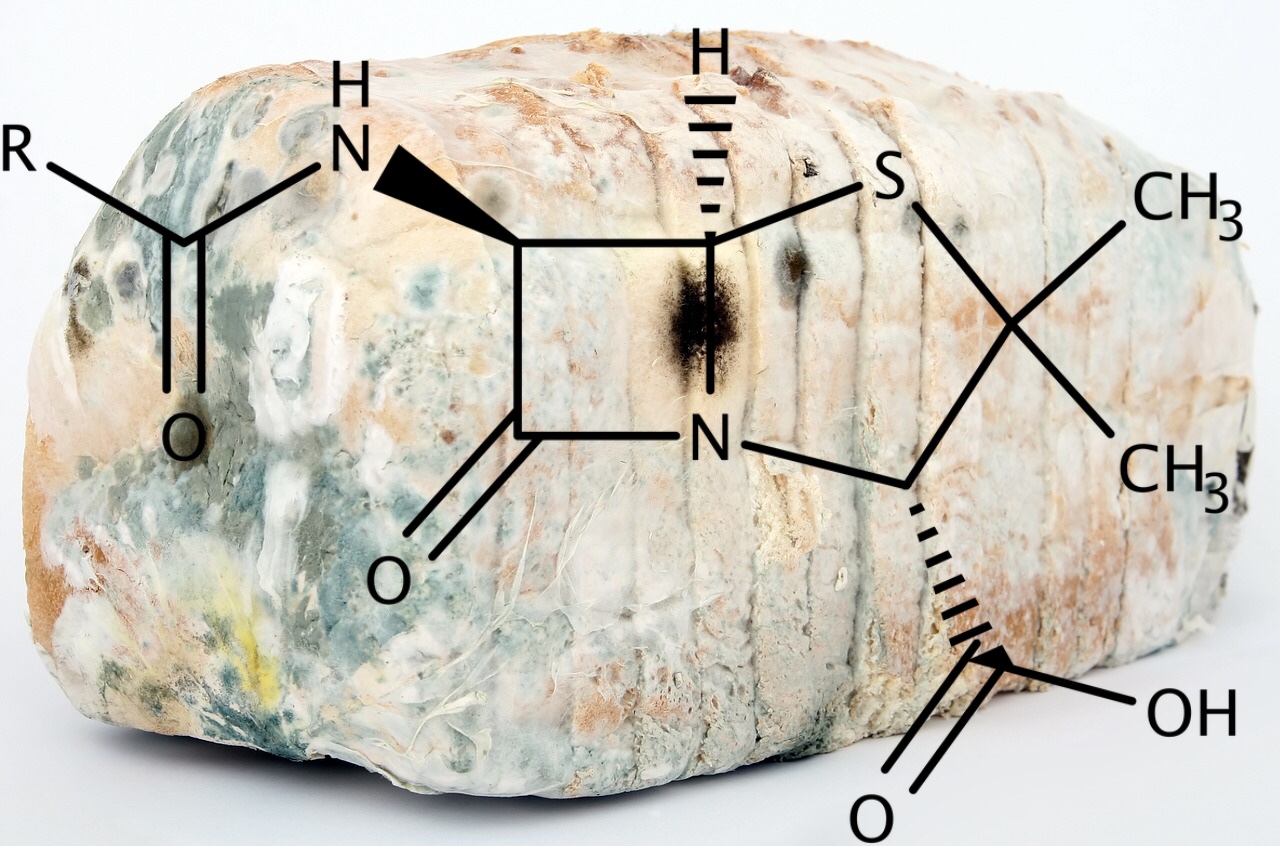
- Inspiring People -
- 8mins -
- 1,042 views
These 8 Great products invented by accident prove “failures” can be a blessing in disguise.
Many of society’s most well-known products were simply ‘mistakes’ made by scientists on alternative quests. Turns out there’s much to learn from “failures”
8 popular inventions the inventors didn’t mean to invent
You would imagine that most products we take for granted were born of a vision followed by a considered design process. But it turns out that many of society’s most well-known and well-loved products and inventions were simply ‘mistakes’ made by scientists on alternative quests. Here are nine nifty inventions the inventors didn’t mean to invent.
1. Corn Flakes
The two Kellogg brothers—Dr. John Harvey Kellogg and his younger brother (and former broom salesman) Will Keith Kellogg—worked at Battle Creek Sanitarium in Michigan, where John was physician-in-chief. Both were strict Seventh-Day Adventists, who used their work at the sanitarium to promote the austere dietary and moralist principles of their religion (including strict vegetarianism and a lifelong restraint from excessive sex and alcohol) and to carry out research into nutrition, and the impact of diet on their patients.
It was during one of these experiments in 1894 that, while in the process of making dough from boiled wheat, one of the Kelloggs left the mash to dry for too long and when it came to be rolled out, it splintered into dozens of individual flakes. Curious as to what these flakes tasted like, he baked them in the oven—and in the process, produced a cereal called Granose. Some later tinkering switched out the wheat for corn, and gave us corn flakes.
Source: Mentalfloss

2. Teflon
Most people have never heard of PTFE industrial coating, but when you mention Teflon, a look of understanding passes easily on their faces. PTFE (Polytetrafluoro Ethylene) is the technical name of the material, and it’s commonly sold under the Teflon brand name, which is manufactured by DuPont. Dr. Roy Plunkett, a researcher who worked at DuPont, is credited with developing PTFE industrial coating in the late 1930s.
At the time of his discovery, he was actually trying to create a new refrigerant. During the course of development, he noticed that the gas inside the bottle he was using actually stopped flowing out before the bottle should have been empty. He sawed the bottle open and discovered that the inside was coated with the non-stick material we now know as Teflon. His contribution has changed the face of plastic manufacturing forever.
Teflon is probably best-known for its role as the non-stick surface inside cookware. This is because PTFE industrial coating is one of the most slippery materials in existence today. In addition to being slippery, the material also brings a number of other features to the table, offering high temperature resistance, little reaction to most chemicals, and reduced stress cracking and corrosion.
The non-stick coating can be found across a diverse range of things such as cookware, nail polish, hairstyling tools, windshield wiper blades, fabric and carpet protection, artificial hip and knee joins, and spacecraft.
Source: Toefco.com

3. Post-it notes
In 1968, a 3M chemist named Dr. Spencer Silver was attempting to create a super-strong adhesive when instead he accidentally invented a super-weak adhesive, which could be used to only temporarily stick things together.
The seemingly limited application of Silver’s product meant that it sat unused at 3M (then technically known as Minnesota Mining & Manufacturing) for another five years, until, in 1973, a colleague named Art Fry attended one of Silver’s seminars and struck upon the idea that his impermanent glue could be used to stick bookmarks into the pages of his hymnbook.
It took another few years for 3M to be convinced both of Fry and Silver’s idea and of the salability of their product, but eventually they came up with a unique design that worked perfectly: a thin film of Spencer’s adhesive was applied along just one edge of a piece of paper. After a failed test-market push in 1977 as Press ’N Peel, the product went national as the Post-It note in 1980.
Source: Mentalfloss

4. Popsicles
The very first Popsicle ice pop was created way back in 1905 by an 11-year-old boy named Frank Epperson…by accident!
After a long day of play Frank went inside, but left his cup of soda with the stirring stick still in it out on the porch. The night got very cold, and when Frank went outside the next morning he found his drink frozen like an icicle. Well, the rest is history.
Frank called his invention the “Epsicle.” It was a hit with the kids at school, and later with his own kids who called it “Pop’s ‘sicle.” The name was catchy and the treat was delicious, so Frank patented it in 1923 to share his Popsicle® ice pops with the world!
Source: Popsicle.com

5. Penicillin
In 1928 the scientist Sir Alexander Fleming was searching for a “wonder drug” that could cure diseases. Ironically, it wasn’t until Fleming threw away his experiments that he found one he was looking for.
Fleming noticed that the contaminated Petri dish he had discarded contained a mould that was dissolving all the bacteria around it. When he grew the mould by itself, he learned that it contained a powerful antibiotic, Penicillium notatum, or penicillin.
Fleming continued to run numerous experiments to determine the effect of the mould on other harmful bacteria. Surprisingly, the mould killed a large number of them. Fleming then ran further tests and found the mould to be non-toxic. Could this be the "wonder drug"? To Fleming, it was not.
Though he saw its potential, Fleming was not a chemist and thus was unable to isolate the active antibacterial element, penicillin, and could not keep the element active long enough to be used in humans.
In 1929, Fleming wrote a paper on his findings, which did not garner any scientific interest.
12 Years Later in 1940, the second year of World War II, two scientists at Oxford University were researching promising projects in bacteriology that could possibly be enhanced or continued with chemistry.
Australian Howard Florey and German refugee Ernst Chain began working with penicillin. Using new chemical techniques, they were able to produce a brown powder that kept its antibacterial power for longer than a few days. They experimented with the powder and found it to be safe.
Needing the new drug immediately for the war front, mass production started quickly. The availability of penicillin during World War II saved many lives that otherwise would have been lost due to bacterial infections in even minor wounds. Penicillin also treated diphtheria, gangrene, pneumonia, syphilis, and tuberculosis.
Though Fleming discovered penicillin, it took Florey and Chain to make it a usable product. Though both Fleming and Florey were knighted in 1944 and all three of them (Fleming, Florey, and Chain) were awarded the 1945 Nobel Prize in Physiology or Medicine, Fleming is still credited for discovering penicillin.
Source: ThoughtCo.com

6. Microwave oven
The microwave oven is now a standard appliance in most households in developed nations, but it has only been around since the late 1940s.
In 1945, Percy Spencer was experimenting with a new vacuum tube called a magnetron while doing research for the Raytheon Corporation. He was intrigued when the candy bar in his pocket began to melt, so he tried another experiment with popcorn. When it began to pop, Spencer immediately saw the potential in this revolutionary process.
In 1947, Raytheon built the first microwave oven, the Radarange, which weighed 750 pounds, was 1.7 m (5’6”) tall, and cost about $5,000!
When the Radarange first became available for home use in the early 1950s, its bulky size and expensive price tag made it unpopular with consumers. But in 1967, a much more popular 100-volt, countertop version was introduced at a price of $495.
Source: HowStuffWorks.com

7. Saccharin (artificial sweetener)
Saccharin, the oldest artificial sweetener, was accidentally discovered in 1879 by researcher Constantine Fahlberg, who was working at Johns Hopkins University in the laboratory of professor Ira Remsen. He was investigating the oxidation of o-toluenesulfonamide at the time.*
Fahlberg’s discovery came after he forgot to wash his hands before lunch. He had spilled a chemical on his hands and it, in turn, caused the bread he ate to taste unusually sweet.
In 1880, the two scientists jointly published the discovery, but in 1884, Fahlberg obtained a patent and began mass-producing saccharin without Remsen.
The use of saccharin did not become widespread until sugar was rationed during World War I, and its popularity increased during the 1960s and 1970s with the manufacture of Sweet’N Low and diet soft drinks. The debate still rages about its safety.
*nope, we don’t know what that means either.
Source: HowStuffWorks.com

8. X-Rays
Wilhelm Röntgen was an eccentric mechanical engineer and physicist who was interested in investigating the properties of cathodic ray tubes. When shining a light through the tubes he noted fluorescent papers in his lab were illuminated even though his machine had an opaque cover. He speculated that a new kind of ray might be responsible.
In the following weeks he ate and slept in his laboratory as he investigated many properties of the new rays he temporarily termed "X-rays", using the mathematical designation ("X") for something unknown. Nearly two weeks after his discovery, he took the very first picture using X-rays of his wife Anna Bertha’s hand.
Source: Explorable.com
Takeaway: Don’t be afraid to try new things
As we have seen, some truly great achievements have happened by happy accident. Don’t be afraid to experiment. Don’t be scared to grow.
“Failure” is nothing more than a state of mind which you are not obliged to adopt, and “mistakes” are a very good sign you’re trying. Remember—someone who never made a mistake is someone who never tried anything new.
With an open mind you can “flip-think” almost any situation to uncover it’s hidden advantage or lesson to be learned, so in the end nothing is ever a complete failure. Keep trying. Who knows what you’ll achieve if you just keep trying?
And you never know, you might even make the world a better place and get rich from one of the “mistakes” you make while you were trying to do something else altogether!

